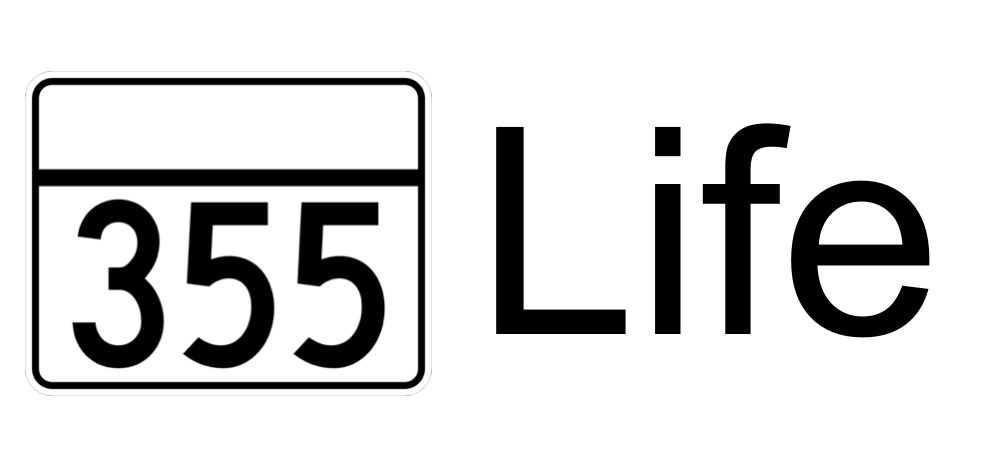When You Buy a House, Get Life Insurance Too
Hello, today I am writing to help you learn how you can help protect your house and family with mortgage protection insurance and term-life insurance. Your home may be your family's largest asset. And their largest financial responsibility. A mortgage protection insurance policy can help them remain in your home after you're gone.
Once you’ve closed on a home and you’ve gotten a mortgage, there’s one more important step to take. That’s right – even after you’ve completed a ton of paperwork and you’ve survived the stress of buying a home with someone, there’s another move that it’s a good idea to make. If you don’t already have one, a life insurance policy could be a great thing to purchase.
Mortgage debt in the U.S. averages $201,811 per household, and banks around the country currently hold about $10 trillion in mortgage debt for family homes. That’s more than national student loan, credit card, and auto loan debt combined. If something happens to one of you, the surviving partner may struggle to keep up with payments, especially if you’re raising kids or have other debts to pay. Over one-third (35%) of households would feel the financial pinch within a month if they lost their primary income earner.
What Is the Best Type of Life Insurance to Get
For most families, term life insurance is the best choice because of its affordability and flexibility.
Term life is customizable to your needs and budget, making it a good fit if you’ve just made a big purchase. With policy terms ranging from 10 to 30 years, you can pick the one that would best cover the length of your mortgage. At Fidelity Life, we also offer a wide range of coverage amounts, from $50,000 to $1 million. If you die while the policy is active, your family would receive a cash lump sum to use to cover the mortgage.
It’s also important to have a plan for meeting other financial needs besides your mortgage if the worst happens: everyday expenses, credit card or student loan debts, even future college tuition. To help you figure how much coverage you need, try our Learn and Plan Calculator.
While the protection can be helpful, your death benefit will decrease over time as you pay off the mortgage. MPI also names your lender, not your family, as the beneficiary. That means if you die, your family won’t receive any extra financial support. Ultimately, term life insurance offers more protection and can give you and your family peace of mind as you embark on a whole new stage of life.
Term Life insurance vs. Mortgage Life insurance
What is the difference between the two? Both term insurance and mortgage life insurance provide a means of paying off your mortgage. With either type of insurance, you pay regular premiums to keep the coverage in force.
But with mortgage life insurance, your mortgage lender is the beneficiary of the policy rather than beneficiaries you designate. If you pass away, your lender is paid the balance of your mortgage. Your mortgage will go away, but your survivors or loved ones won’t see any of the proceeds.
In addition, standard term insurance offers a level benefit and level premium for the term of the policy. With mortgage life insurance, the premiums may remain the same, but the value of the policy decreases over time as the balance of your mortgage declines.
For more information, talk to your insurance professional about mortgage protection and using term life insurance to pay off your mortgage after you’re gone.
